Expanding The ISS For Customers That No One Can Identify

NASA Selects First Commercial Destination Module for International Space Station
“The element will attach to the space station’s Node 2 forward port to demonstrate its ability to provide products and services and begin the transition to a sustainable economy in which NASA is one of many customers. NASA and Axiom next will begin negotiations on the terms and price of a firm-fixed-price contract with a five-year base performance period and a two-year option.”
 Keith’s note: To be certain, the full potential of the International Space Station has yet to be fully tapped – and it has an inherent capacity to be greatly expanded beyond its current configuration with commercial interests being a likely partner. But who is the customer for the use of this addition? Is it only NASA? What user demand model is the basis for facility’s size and operations and what assumptions is it based on? NASA still can’t fully use the ISS that it has in orbit now and it has dueling (and sometimes conflicting) utilization systems via NASA and CASIS. Isn’t it a little odd to sign an agreement with these uncertainties before we know who is going to pay for this and how much they’re going to pay? Just sayin’.
Keith’s note: To be certain, the full potential of the International Space Station has yet to be fully tapped – and it has an inherent capacity to be greatly expanded beyond its current configuration with commercial interests being a likely partner. But who is the customer for the use of this addition? Is it only NASA? What user demand model is the basis for facility’s size and operations and what assumptions is it based on? NASA still can’t fully use the ISS that it has in orbit now and it has dueling (and sometimes conflicting) utilization systems via NASA and CASIS. Isn’t it a little odd to sign an agreement with these uncertainties before we know who is going to pay for this and how much they’re going to pay? Just sayin’.
 Keith’s update: Some questions come to mind – this is the stream of consciousness order in which they occurred to me (I used to do space station payload utilization when I had a real job – at NASA): What payload attributes does this Axiom space facility have? How many payload racks will there be? What are the utilities offered at each rack location? Out of whose operations budget do the power, cooling and other utility allocations come? How many racks can be configured for sub-rack payload integration? What payload facilities (glove boxes, integration hardware) will be provided by Axiom? What does the customer have to provide? Will the payload allocation be in addition to NASA’s allocation or will rack space be considered part of the overall payload space subject for use by ISS partners? Does CASIS have an allocation within these facilities? Who is the prime user interface for NASA customers – the ISS program office? CASIS? Both? Someone else? Will the cost of flying a payload via ISS program office, CASIS, and Axiom be the same or different? If so how – and why? How much of the facility’s capability is owned by Axiom? Does NASA or the other iSS partners have any approval/veto over payloads? Will the U.S. and the international partners be able to include Axiom facilities in their long-standing practice of bartering resources? How does Axiom intend to cover ITAR/IP Issues – is this considered a U.S. facility for those purposes? Will Axiom fly private astronauts to the ISS? If so from whom do they buy seats and is the price the same or different than what NASA pays? At the end of its operational lifetime is Axiom responsible for cost and conduct of the disposal/de-orbit of their facilities? What payload/utilization demand models did NASA and Axiom use as the basis for this agreement? Were these models made available to other bidders? Can these payload models be made available publicly? What orbital lifetime will NASA guarantee to Axiom? What provisions are in place in case NASA is forced to withdraw from supporting ISS? Has Axiom been given options to buy or lease current on-orbit facilities located in other parts of the ISS? And so on.
Keith’s update: Some questions come to mind – this is the stream of consciousness order in which they occurred to me (I used to do space station payload utilization when I had a real job – at NASA): What payload attributes does this Axiom space facility have? How many payload racks will there be? What are the utilities offered at each rack location? Out of whose operations budget do the power, cooling and other utility allocations come? How many racks can be configured for sub-rack payload integration? What payload facilities (glove boxes, integration hardware) will be provided by Axiom? What does the customer have to provide? Will the payload allocation be in addition to NASA’s allocation or will rack space be considered part of the overall payload space subject for use by ISS partners? Does CASIS have an allocation within these facilities? Who is the prime user interface for NASA customers – the ISS program office? CASIS? Both? Someone else? Will the cost of flying a payload via ISS program office, CASIS, and Axiom be the same or different? If so how – and why? How much of the facility’s capability is owned by Axiom? Does NASA or the other iSS partners have any approval/veto over payloads? Will the U.S. and the international partners be able to include Axiom facilities in their long-standing practice of bartering resources? How does Axiom intend to cover ITAR/IP Issues – is this considered a U.S. facility for those purposes? Will Axiom fly private astronauts to the ISS? If so from whom do they buy seats and is the price the same or different than what NASA pays? At the end of its operational lifetime is Axiom responsible for cost and conduct of the disposal/de-orbit of their facilities? What payload/utilization demand models did NASA and Axiom use as the basis for this agreement? Were these models made available to other bidders? Can these payload models be made available publicly? What orbital lifetime will NASA guarantee to Axiom? What provisions are in place in case NASA is forced to withdraw from supporting ISS? Has Axiom been given options to buy or lease current on-orbit facilities located in other parts of the ISS? And so on.
If there was a press event for this announcement and I was able to ask questions I can guarantee that the answers to my questions would be “we’ll get back to you”; “that has not been determined yet”, “I do not know”; “That’s up to Axiom” (who would decline to answer); “That’s up to NASA” (who would decline to answer); “It depends on Congress”; “we are confident that people will want to use this world class facility”. And FWIW when they say “we’ll get back to you” that is always followed by nothing but crickets. As such its not really worth contacting PAO about this.


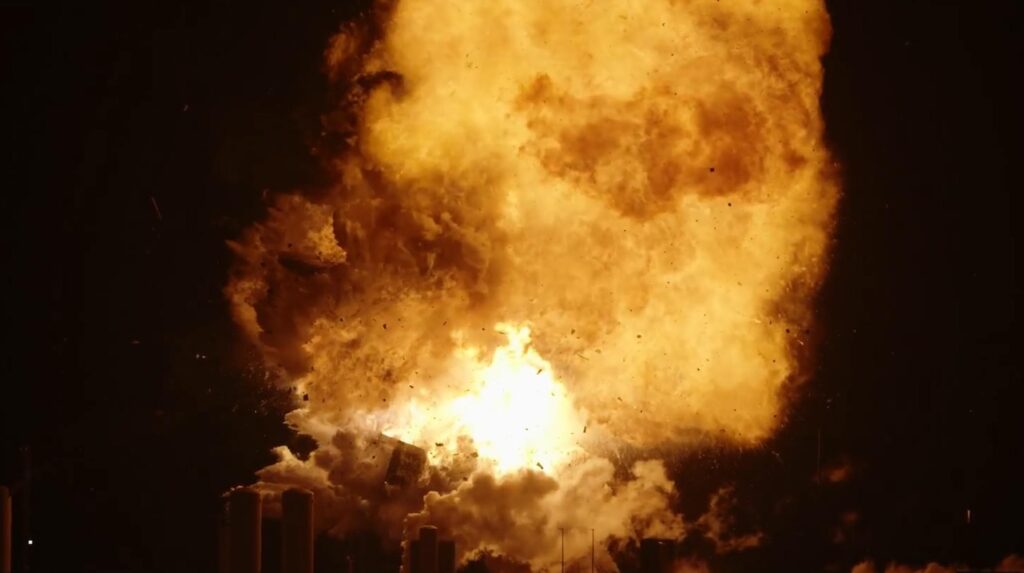
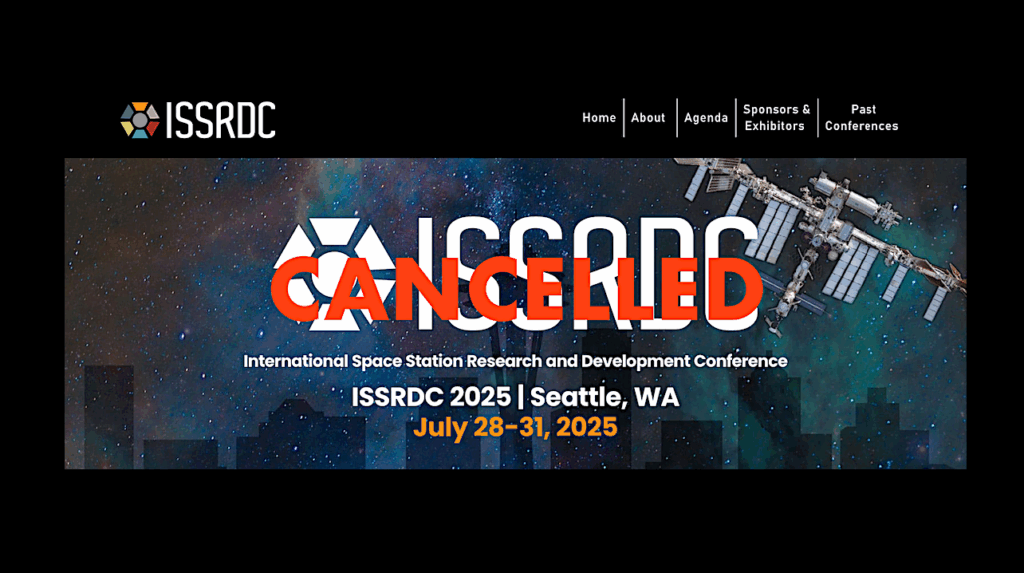
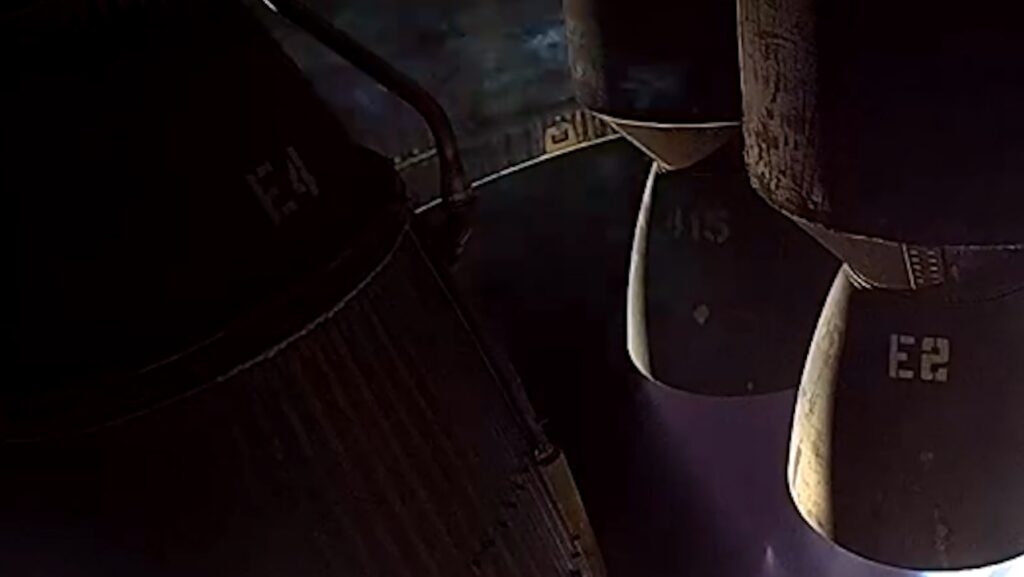

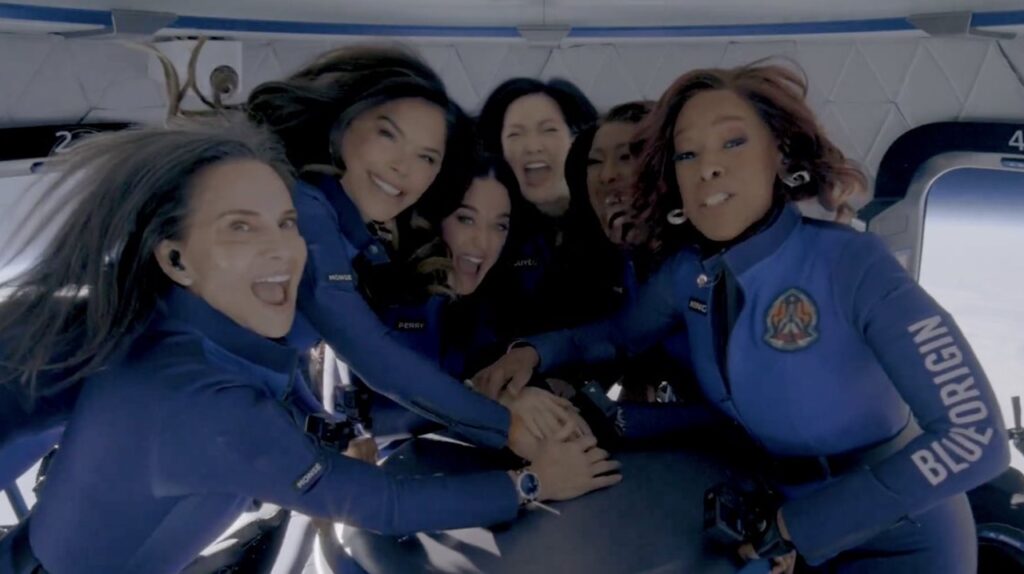
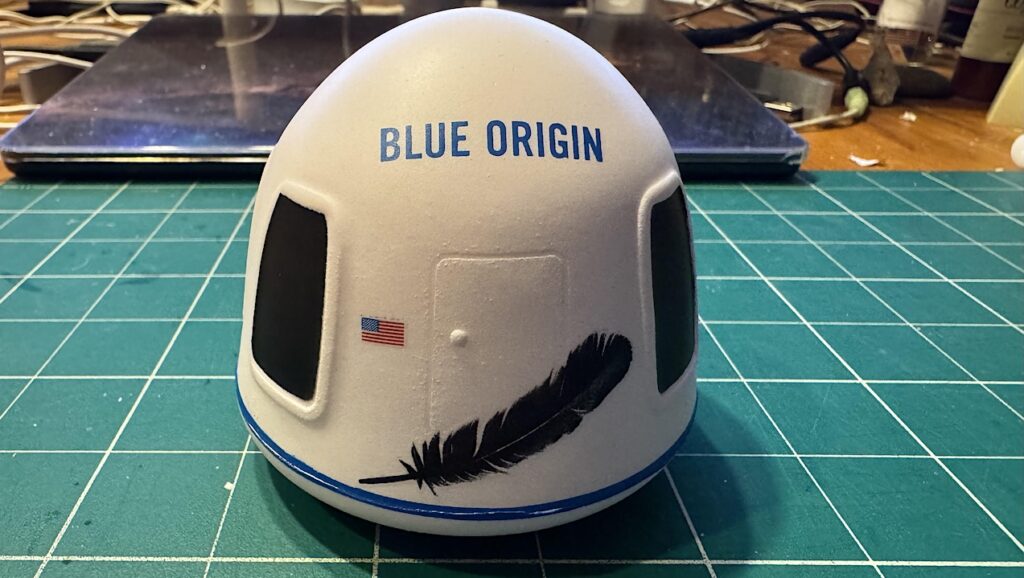

Isn’t Axiom?
Yup. Fixed. Thanks
This is the only solid plan for a US permanently manned orbital facility; Axiom Space is already pretty heavily involved with ISS research and astronaut training, so NASA is comfortable with them as a partner. The node is intended to be eventually free-flying (with the addition of a power and cooling module) when we eventually de-orbit ISS.
I too have lots of questions and reservations about how the ISS is being utilized today; if a private company thinks that they can do things better than a government agency, all the better.
What if a 15 ft centrifuge can installed like the one people at Ames were working on? Though no spacecraft large enough to bring it to ISS but something smaller? I’m sure there are (were) many researchers with many partial gravity experiments planned.
NASA and CASIS ought to be going to companies and conferences to inform them about the capabilities, integration process, costs, and potential of experiments in space. Instead, mostly what they seem to do is tell about all of the wonderful science they are already doing. But I don’t think they have come close to fully utilizing the capabilities, little of the science seems to really be making big advances, and they have made it pretty difficult to get things on board. Nanoracks, cubesats and the internationals seem to do a better job because they keep NASA at ‘arms length’ and serve as the interface in NASA’s place. NASA ought to “get with the program”. The opportunity they have been wasting for 20 years is worth billions $$. If NASA cannot do the job then maybe some of these commercial firms like Axiom can move in and take over the NASA role.